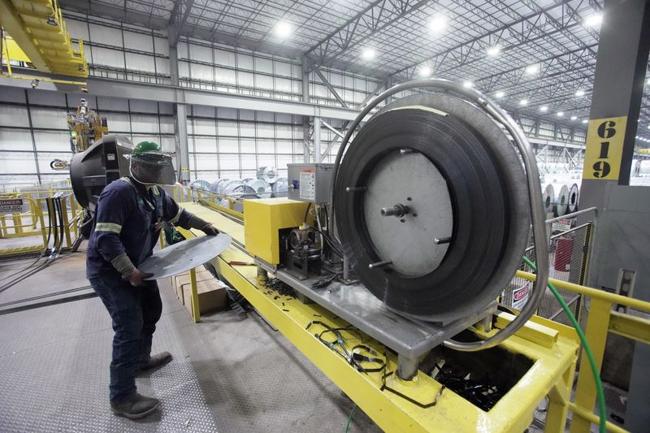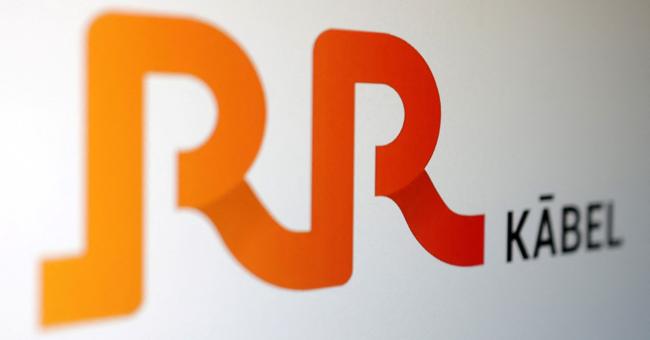Summary
Expert insights and strategies. Protect your retirement portfolio from market volatility and risk of recession.
Source: TheStreet

AI News Q&A (Free Content)
Q1: What are some effective strategies to protect your retirement portfolio during periods of market volatility?
A1: To safeguard retirement portfolios during market volatility, experts recommend maintaining a long-term focus and avoiding reactionary decisions. Key strategies include keeping a diversified investment portfolio, maintaining regular contributions to take advantage of dollar-cost averaging, and having a cash reserve to cover 12 to 18 months of living expenses. This ensures that you aren't forced to sell assets at a loss during downturns. Additionally, utilizing strategies such as the bucket approach, which divides assets into different time-based categories, can help manage withdrawals more effectively.
Q2: Can diversification within asset classes help mitigate risks during a recession?
A2: Yes, diversification within asset classes is crucial during a recession as it can soften the impact of economic downturns. Defensive stocks, such as utilities, healthcare, and consumer staples, tend to perform better or remain stable during volatile periods. By diversifying across these areas, investors can reduce the overall risk in their portfolios.
Q3: How does the concept of retirement differ historically from today's understanding?
A3: Historically, the concept of retirement is relatively modern, emerging prominently in the late 19th and early 20th centuries. Before then, due to lower life expectancy and the absence of social security, most people worked until they were physically unable. Today, retirement is often linked to receiving pension benefits and is considered a right in many developed countries, allowing individuals to withdraw from full-time work and rely on savings or pensions.
Q4: What insights do Monte Carlo simulations provide for retirement planning?
A4: Monte Carlo simulations offer a probabilistic approach to retirement planning by accounting for various factors such as inflation rates and interest rates. These simulations help predict retirement portfolio outcomes by modeling different scenarios, allowing individuals to make informed financial decisions. The use of such simulations can help in understanding the potential fluctuations in investment accounts like IRAs and 401(k)s, providing a more comprehensive view of retirement readiness.
Q5: How does senior living prove to be a recession-resilient investment?
A5: Senior living is considered a recession-resilient investment due to its predictable revenue streams from rent and care fees, which remain stable even during economic downturns. The industry benefits from government programs like Medicaid and Medicare, which provide financial support. Additionally, the demand for senior living services continues to grow, ensuring steady income for investors.
Q6: What challenges might the senior living industry face during a recession?
A6: While senior living is generally resilient, a recession could challenge seniors' ability to sell their homes before moving into senior living facilities. This could impact the timing and affordability of transitioning to senior care. However, the diverse range of service offerings, such as independent living to skilled nursing, helps mitigate some of these challenges by catering to a broad spectrum of needs.
Q7: What is the significance of diversification in retirement portfolios during economic uncertainty?
A7: Diversification in retirement portfolios is crucial during economic uncertainty as it spreads risk across various assets, reducing the impact of a downturn on the overall portfolio. By investing in a mix of asset classes, such as stocks, bonds, and alternative investments, retirees can protect their savings from the full brunt of market fluctuations and maintain a more stable financial footing.
References:
- Using Monte Carlo Methods for Retirement Simulations





